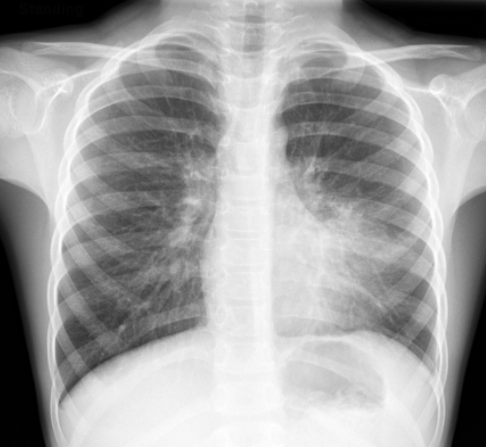

COVID-19
With COVID-19 having surpassed cancer in terms of being the second highest killer in the USA this year, the medical and pharmaceutical research companies are striving to find effective vaccines and curative treatments.
While many of the candidates that were expected to succeed have failed, there have been some encouraging developments, such as with Remdesivir. Nonetheless, the road ahead is long and daunting, and it will take creative synergies between the medical, pharmaceutical and imaging teams to come up with effective and expedient solutions for COVID-19.
SARS-Cov2 is an RNA virus from the coronaviridae family, and has shown high virulence and transmissibility, and that combined with the lack of a specific vaccine or effective treatment, has led to COVID-19 being the pandemic of the century.
The first need of the hour is to fast-track the trials for vaccines that produce lasting immunity, which entails developing candidates and performing trials on humans and monitoring their titers via serology. While the ongoing trials are employing essentially the same trial design, there is a room to creatively utilize novel tools that can provide new targets for vaccine development and expedite the process through more effective trial designs.
Imaging can play a role here. We can extract useful imaging biomarkers from standard imaging modalities to play an important role in COVID-19 trials. Furthermore, thanks to advancements in immuno-oncology, there are new imaging strategies that monitor changes in the cellular as well as humoral immune changes in response to a pathogen or a cancer cell.
Novel imaging strategies (such as T-cell PET, immunoPET or ferumoxytol imaging) can help us study the viral attack and the ensuing immune response against it, and as a result, allow us to find optimal vaccine candidates and help monitor the immune response they elicit.
Similarly, therapeutic trials for COVID-19 have also borrowed strategies from immuno-oncology. There are novel and repurposed immunotherapeutic approaches that are being targeted against COVID-19, including monoclonal antibodies against pro-inflammatory cytokines or specific SARS-Cov2 antigens. Previously mentioned immune system imaging strategies can be leveraged here as well – not only to find better drug candidates, but to assess their target activity, distribution and therapy response as well.
At IAG, we are addressing the needs of these trials in the following ways:
- Providing imaging expertise in developing structural (CT/CXR) biomarkers to serve as primary/secondary endpoints for COVID-19 trials.
- Using radiomics as well as other artificial intelligence-based scoring systems that help to stratify and prognosticate patients for clinical and drug development purposes.
- Providing imaging expertise in advanced imaging approaches (such as T-cell PET, immunoPET) to deliver biomarkers that serve as exploratory endpoints or surrogate markers for COVID-19 trials.
- Providing state-of-the-art clinical trials design and strategic solutions to meet the unique set of challenges encountered in COVID-19 trials.
Whether it is scientific creativity and robustness or excellence in business practices, IAG is committed to being a leading imaging CRO that is nuanced in its COVID-19 related services to the biopharma community.
Experience: Scoring Systems
- Semi-Quantitative Scoring
- Quantitative Lung Fibrosis Score
Experience: Imaging
- Chest X-Ray
- CT
- ImmunoPET
- T-Cell PET
- Ferumoxytol Imaging
Publications
Since 2007, over 2000 articles were published to cover scientific discoveries, technology break-throughs and special cases. We list here some critically important papers and abstracts.
Testimonials
Combining our technologies and business advisory services with promising life science companies has yielded spectacular results over the past five years. As a trusted partner to many biotech and pharma companies, IAG’s team is proud to share your words and quotes.


